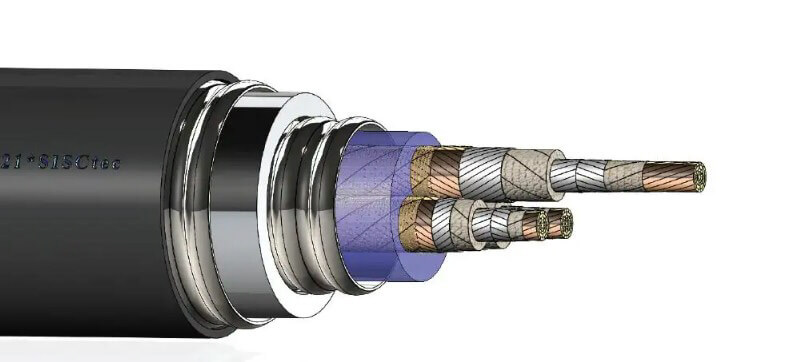The French pure electrification company Nexans has won a project under the program “Future Investments” of the French public investment bank Bpifrance.
It will work with the French state railway company SNCF Network to install superconducting cables at Montparnasse station. It will be the first superconducting cable in France and the first in the world to be integrated into the rail supply network.
The Paris Montparnasse station is the fourth railway station in France, more than 50 million passengers per year. The number of passengers is expected to exceed 90 million in 2030.
Thus, SNCF Réseau will need more power to meet the growing demand for transport. And superconducting cable technology will help provide the additional reliable power needed..

Project Organization
In this key project for SNCF Réseau, the superconducting cable will take advantage of the existing infrastructure at Montparnasse station. Superconducting cables will be installed on existing pipelines.
Each tube is expected to have a power of 5,3 MW, 3.500 to and 1.500 VDC. Only superconducting cables can combine a small diameter with exceptional power to provide the performance required by SNCF Réseau.
Besides, Choosing superconducting cables can save significant implementation costs associated with infrastructure modifications and also avoid potential disruption to rail traffic.
The resistance of superconducting electrical wires is almost zero.. The energy loss through the superconducting cables is, so, very low.
This project is an example of how superconducting cables can transmit energy at very high levels in a limited space. A single superconducting cable can replace multiple copper cables.
With its revolutionary technology, these electrical materials will help secure the power grid in the face of growing rail traffic in megacities.
Frederic Michaud, deputy general manager of industrial projects and engineering at Sncf Réseau, has stated that the two cables linking the Vouillé substation with the air Line railway that provides service to Montparnasse will be in operation in 2023.
The main stages of this project will be the design and manufacture of Nexans components in Bourg-en-Bresse, Calais and Hannover for a loop prototype (cable, union, endings).
They will be tested at the SNCF Réseau laboratory in Vitry-sur-Seine. Next, the cables will be manufactured and installed..

About superconducting cables
Superconducting cables are designed and manufactured taking advantage of the properties of the drivers They become superconducting at their critical temperature..
This means that your resistance disappears, losses are minimized and can carry large currents. A superconducting cable of the same section can carry three to five times more current than a conventional cable..
The use of superconducting cables saves space on the ground and in the transmission system. Significant amounts of valuable land resources are saved.
Superconducting cable is a new type of cable that is being intensively researched and developed. It will continue to be the commercial solution to improve high-power networks in all urban areas of the world.
